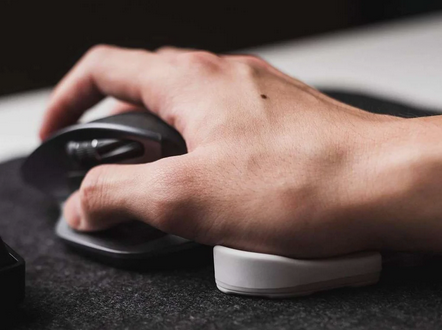Cycling in Chicago
Let me start off by saying that if you’re planning to cycle the mean streets of Chicago, you’d better be ready to keep your head on a swivel. Over the last two years, from April to November, I’ve ridden about 40 miles a week, mostly on-street. I consider myself lucky in that I’ve never experienced any issues outside of some popped tires and a few close encounters with driver-side doors. That having been said, I always operate under the assumption that my experience is atypical and will never recommend it to anyone else without several stipulations. Here are my stipulations.
- Wear a helmet. I don’t care if they look stupid; put some Teenage Mutant Ninja Turtles stickers on it or something so you don’t get heckled by local teens. I don’t know what’s cool with teens, but they probably like cartoons.
- If your bike has been gathering dust for a while, take it in for a tune-up and have them help you fit the seat height.
- Start with shorter rides on less congested streets and build from there. For the first couple of months, all I did was bike to/from the gym until I felt I had a good handle on how to react to your everyday traffic situation.
- Know your current physical limits. Being completely gassed while 10 miles from home is rough enough, but throw the added element of reacting to a series of 2-ton death machines piloted by Tiktok enthusiasts into the mix, and you’re looking at a new level of danger.
- If you’re looking for a lazy ride, you’d best find a good trail somewhere that isn’t overrun by dog walkers and the dreaded MAMIL. Riding on the streets requires vigilance and the assumption that if someone around you could do something stupid, they will do it.
- If you have a destination in mind, get at least a rough map of your route ahead of time. Mellow Bike Map is a great resource for this and has sent me down some decent-to-good routes that I never would’ve taken otherwise. If you want real-time navigation, grab a handlebar mount for your phone and some Aftershokz bone conduction headphone to get directions without plugging up your ears.
- Hand signals are good, and I would recommend learning the basic ones, but always assume that nobody knows what they mean. Check behind you before changing lanes, and just pull over to the crosswalk if an upcoming merge/turn will put you in an uncomfortable spot.
- Regular bike maintenance is important. I personally check the tire pressure before every ride and clean/re-grease the chain once a month.
- This might be putting the cart before the horse, but especially if you’re riding on narrow tires, learn to swap a tire tube on the fly. This is something I recently found out is relatively simple if you carry limited tools around with you, and it would’ve saved me quite a few headaches.
Hopefully, that’s not too scary! I won’t recommend street cycling to everyone, but if you want to open up the city a bit and are willing to put in some effort, it’s a great option. Just steer clear of Ashland and Milwaukee; those are death traps.


